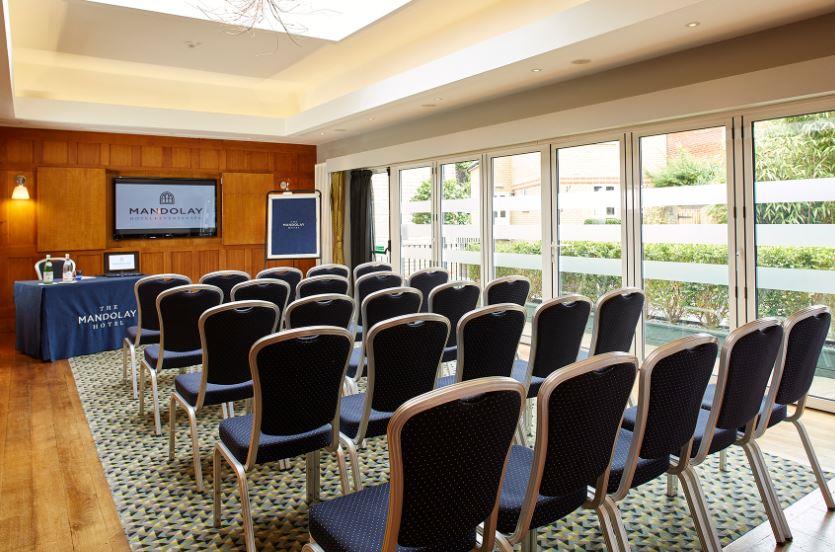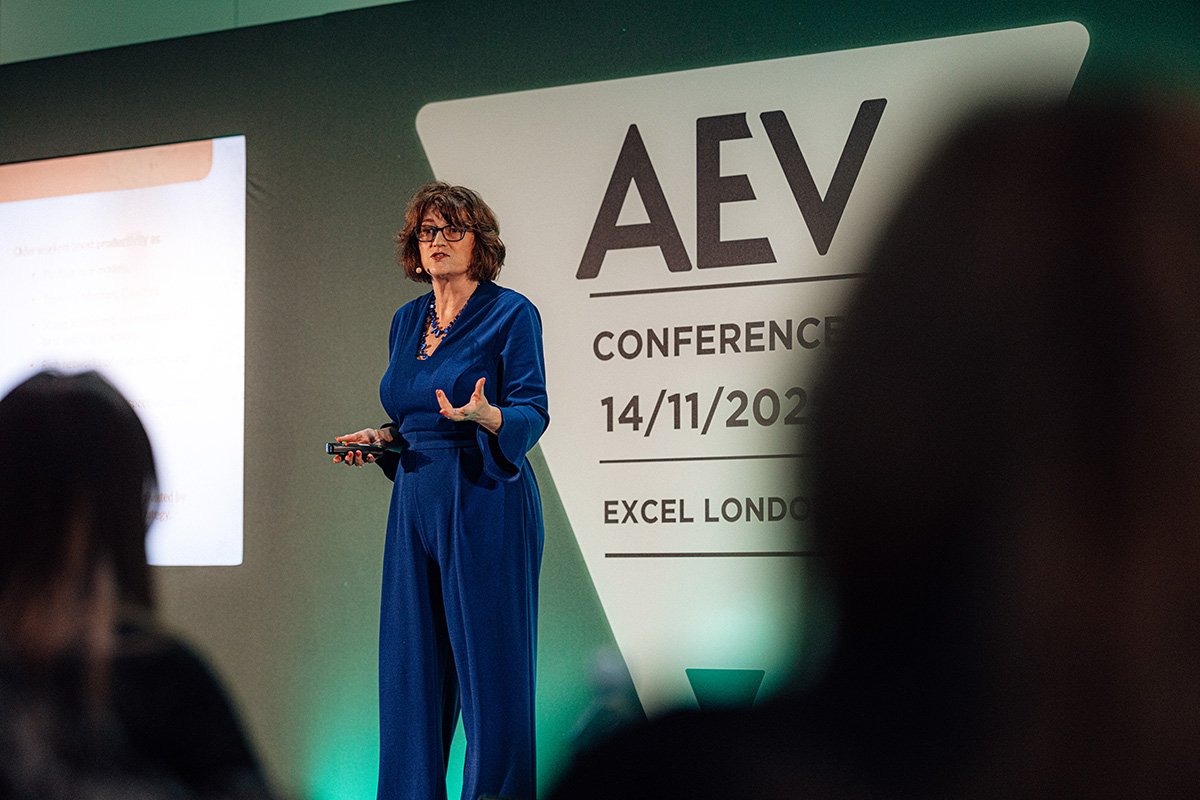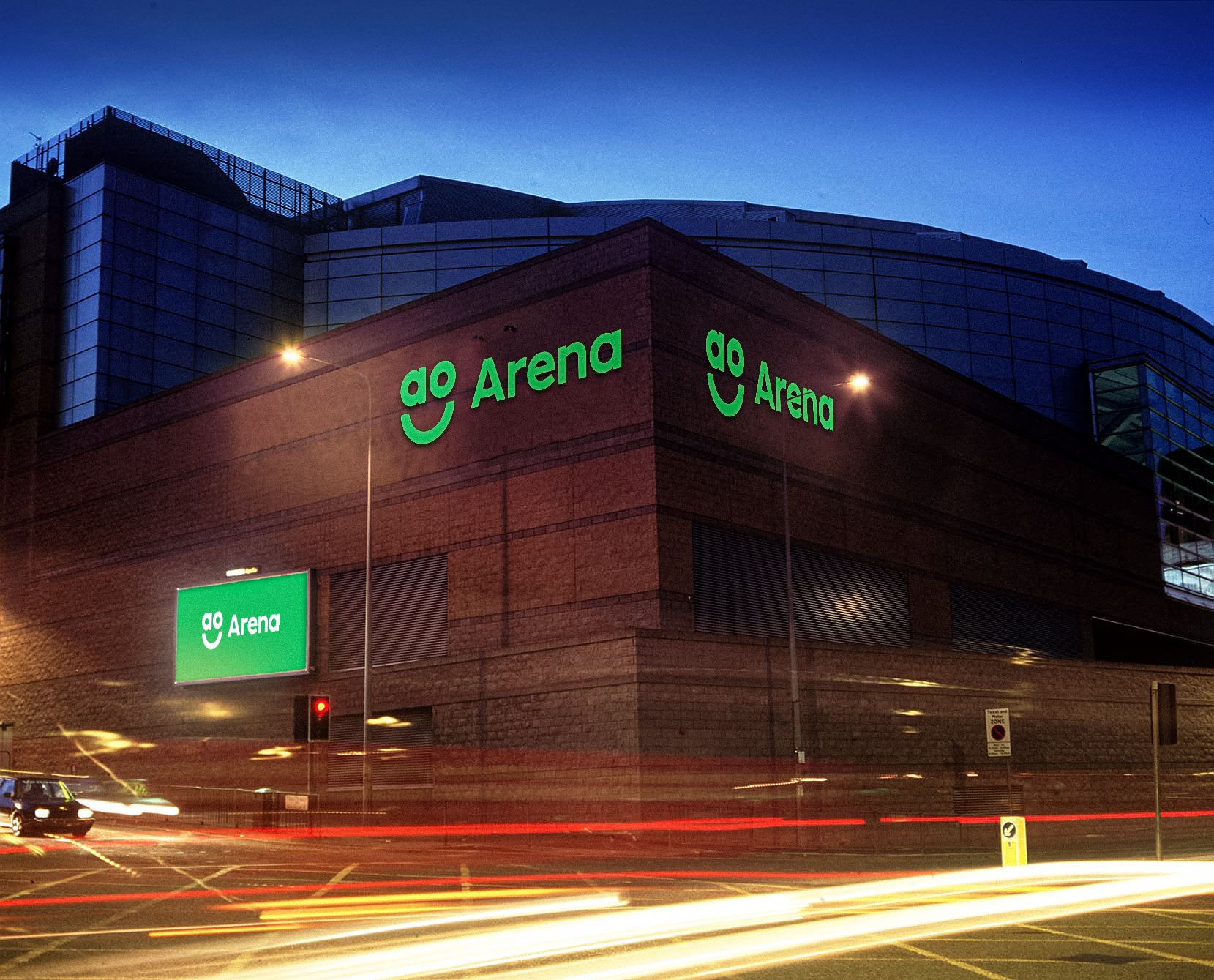More and more venues and "event organisers":http://www.tsnn.co.uk/dir/cat_co_141.htm are turning to temporary venues as a way of getting a flexible space where they want and when they want it. Although the most obvious and common type of temporary venue is the traditional marquee, the sector has undergone a huge transformation in recent years.
“Most people may be forgiven for thinking a marquee is just a large ‘tent’. In more recent times, however, they have become so much more,” says Amanda Simpson, marketing and communications manager at Warwick Conferences. “Marquees can now be designed and fitted with all the mod cons to provide an extension to a venues permanent facilities. For example, they have their own electricity supply, heating, toilets and other services, meaning they are really a self-contained venue, serviced in the usual way.”
The past decade has seen huge strides in the evolution of the temporary structure market, and there has been a growing demand for tailor-made solutions, requiring companies to have both the technical expertise and creative flair to offer a highly focused, personalised service.
“The evolution of temporary structures is being aided by technological advances and breakthroughs in textile design,” says John Cochrane, UK sales director for temporary structure specialists De Boer. “We have concentrated on two main areas of innovation to improve the durability and quality of our products. First is the integrated use of a variety of construction materials, as was apparent with the recently introduced Emperor structure, which combines wood, aluminium, glass, PVC and specialist plastics. Second is the development of laminate ‘skins’ (both internally and externally), which improve not only durability, but also the thermal and sound insulation performance of the structures – an area which will become more critical as regulations become ever more stringent.”
As to what advantages temporary structures offer, Cochrane adds: “They give clients the flexibility to choose the size, location and shape of the temporary structure to suit individual tastes. They can have the total freedom of where the venue can be created. The layout of the venue can be customised for each event. On top of this, temporary accommodation has become more energy efficient and environmentally friendly, in terms of manufacture, use and the ability to recycle components.”
Arena Structures, which created the 10,000-seater Malta Fairs and Convention Centre, sees a long-term strategy for temporary venues. “A temporary venue gives the client the opportunity to establish a venue in the market, building a clientele with a reduced initial outlay,” says managing director Graham Muir. “If the venue becomes a great success then, in time, a permanent structure can be built. Conversely, if it doesn’t work out or the location is poor, it can be dismantled and/or re-erected somewhere else.
“Temporary venues also allow clients to site event at unusual locations with stunning backdrops. Arena recently worked for a billionaire in Cannes who wanted to create a covered Greek amphitheatre and hired Kylie Minogue and Sting. They don’t come much more extravagant than that!”
So what factors should a company take into account when deciding whether or not to use a temporary venue?
“First and foremost it must be appropriate for the event, the type of delegates attending and the image it portrays,” answers Simpson. “You should also take into account the potential shortfalls in using a temporary venue, such as unseasonably bad weather, stormy conditions, soundproofing, temporary planning permission, services available, accessibility and security.”
Muir offers a broader view. “Economics are obviously a main motivator, especially where a temporary venue can allow for new business development or expansion in peak season or for a particular event,” he says. “More practical considerations may include the ground surface (grass, sand, concrete – we have even built on pontoons on water) and number of days tenancy. Often organisers are squeezed by the venue and do not leave the structure company enough time for constructing/dismantling. This may compromise health and safety.”
Services and experience will vary, so it’s important to make sure you get the best suppliers for the job. “You should look for previous experience, a good reputation, a breadth of services on offer and membership of professional associations,” recommends Simpson. “Services include management of venue for the duration of the event, full infrastructure including heating, lighting, power, flooring, audio visual equipment, shell scheme exhibition stands, furniture, out of hours assistance, full insurance, etc.”
Cochrane believes personalisation is a key issue. “Many clients are seeking something different to the traditional ‘off-the-shelf’ solutions,” he says. “They want structures that are specifically suited to their needs. This means companies need to have the expertise and experience to be able to offer a very focused, personalised service.”
Arena structures add risk assessment to this. “Health and safety is a paramount concern,” says Muir. “We will carry out all risk assessments, method statements, underground site surveys (to avoid electrical cables, gas, water pipes, etc).”
So next time you’re having trouble finding that perfect venue for your event, try thinking outside the box. A temporary structure could deliver a venue especially for you in front of your favourite back drop. In a marketplace that’s looking for ever more unusual places to hold events, temporary venues could hold the answer.







